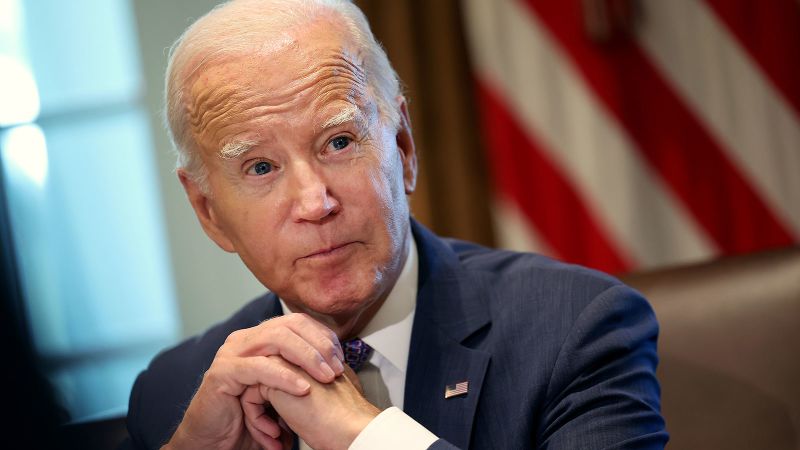President Joe Biden on Thursday signed the stopgap spending bill into law, averting a shutdown for now and setting up a contentious fight over funding in the new year.
The measure, which passed both chambers with bipartisan support in a major victory for House Speaker Mike Johnson, is an unusual two-step plan that sets up two new shutdown deadlines in January and February.
The plan is not a full-year spending bill and only extends funding until January 19 for priorities including military construction, veterans’ affairs, transportation, housing and the Energy Department. The rest of the government – anything not covered by the first step – will be funded until February 2.
Democrats have once again conceded aid for Ukraine after additional military assistance wasn’t included in the stopgap bill that passed in September. The measure also doesn’t include military support for Israel.
While conservatives had initially pushed for a two-step approach, they ultimately opposed the plan as it did not include the deep spending cuts they had demanded. Instead, it extends funding at current levels, which allowed Johnson to get Democrats on board.
The measure passed with a vote of 336 to 95 in the House on Tuesday with more Democrats than Republicans voting in support. The Senate passed the bill 87 to 11 on Wednesday.
Johnson’s plan allows Congress to avoid having to pass a major spending bill before the winter holidays, but the lack of support from members of his own party will set up a leadership test for the recently elected speaker.
His predecessor, Rep. Kevin McCarthy, was ousted after putting the previous stopgap bill on the House floor at the end of September, though the move averted a shutdown. But many House Republicans have signaled that Johnson will be spared the same fate as McCarthy, arguing that he has not been on the job long and inherited problems that were not of his own making.
This story has been updated with additional details.
Read the full article here





